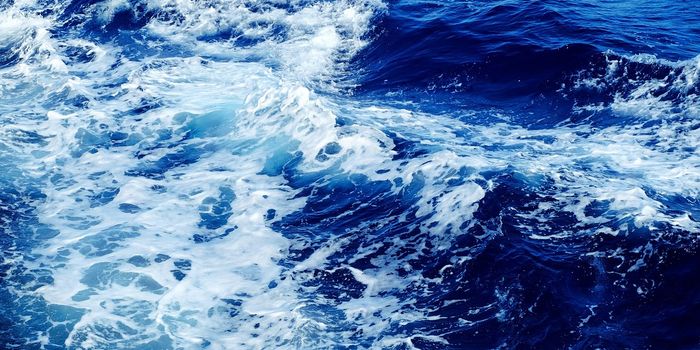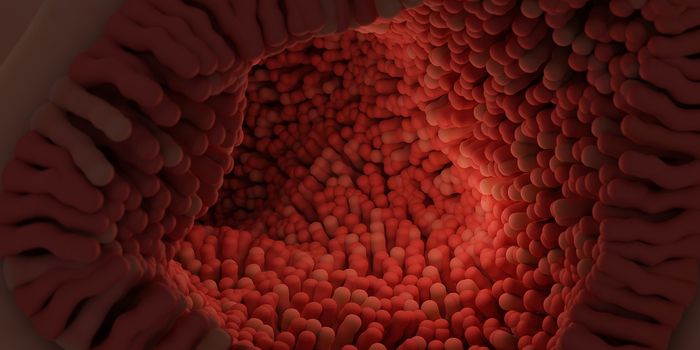Some Coral Turn Neon When Stressed
Corals are immobile animals, and coral reefs are considered to be the most diverse ecosystems in the sea. They only cover about one percent of the Earth's surface but about a quarter of the animals in the ocean depend on coral for their survival. Coral lives in symbiosis with algae, and when the system is under stress, such as that caused by heat, the algae leaves the coral. That usually turns the coral white (bleaching it), though sometimes it can turn the coral a vibrant color. If the bleaching is severe enough, the coral may not recover. Researchers have now learned why some coral exhibit bold colors as they're bleaching; it's a sign they're fighting for survival.
"Bleaching is not always a death sentence for corals, the coral animal can still be alive. If the stress event is mild enough, corals can reestablish the symbiosis with their algal partner. Unfortunately, recent episodes of global bleaching caused by unusually warm water have resulted in high coral mortality, leaving the world's coral reefs struggling for survival," said Dr. Cecilia D'Angelo, Lecturer of Molecular Coral Biology at the University of Southampton.
It only takes temperatures that are one degree Celsius above the usual summer maximum for algae to exit coral. The algae use coral for nutrients and carbon dioxide and are, in turn, also the main food source for coral. Without the algae, the coral becomes vulnerable to the elements, and begins to lose its complex structure. Though coral often becomes white as this happens, some turn neon. The researchers found that when 'bleaching' coral becomes neon, it's producing a kind of sunscreen as a shield from all the extra light that appears in the absence of the algae. The findings have been reported in Current Biology.
"Our research shows colorful bleaching involves a self-regulating mechanism, a so-called optical feedback loop, which involves both partners of the symbiosis. In healthy corals, much of the sunlight is taken up by the photosynthetic pigments of the algal symbionts. When corals lose their symbionts, the excess light travels back and forth inside the animal tissue - reflected by the white coral skeleton. This increased internal light level is very stressful for the symbionts and may delay or even prevent their return after conditions return to normal," explained Professor Jörg Wiedenmann, the head of the University of Southampton's Coral Reef Laboratory.
"However, if the coral cells can still carry out at least some of their normal functions, despite the environmental stress that caused bleaching, the increased internal light levels will boost the production of colorful, photoprotective pigments," Wiedenmann added. "The resulting sunscreen layer will subsequently promote the return of the symbionts. As the recovering algal population starts taking up the light for their photosynthesis again, the light levels inside the coral will drop and the coral cells will lower the production of the colorful pigments to their normal level."
The scientists suggested that some of this coral may have gone through previous periods of mild warming in their environment, and not extreme events.
"We reconstructed the temperature history of known colorful bleaching events around the globe using satellite imagery. These data are in excellent agreement with the conclusions of our controlled laboratory experiments, suggesting that colorful bleaching occurs in association with brief or mild episodes of heat stress," noted Dr. Elena Bollati, a researcher now at the National University Singapore who studied at Southampton during this work.
The Great Barrier Reef may have experienced some of this colorful bleaching in March and April of this year. The scientists are hopeful that it's a sign the reef may be able to recover in some areas, while noting that only a substantial reduction in greenhouse gases and improvement in water quality can save reefs beyond this century.
Sources: AAAS/Eurekalert! via University of Southampton, Current Biology









